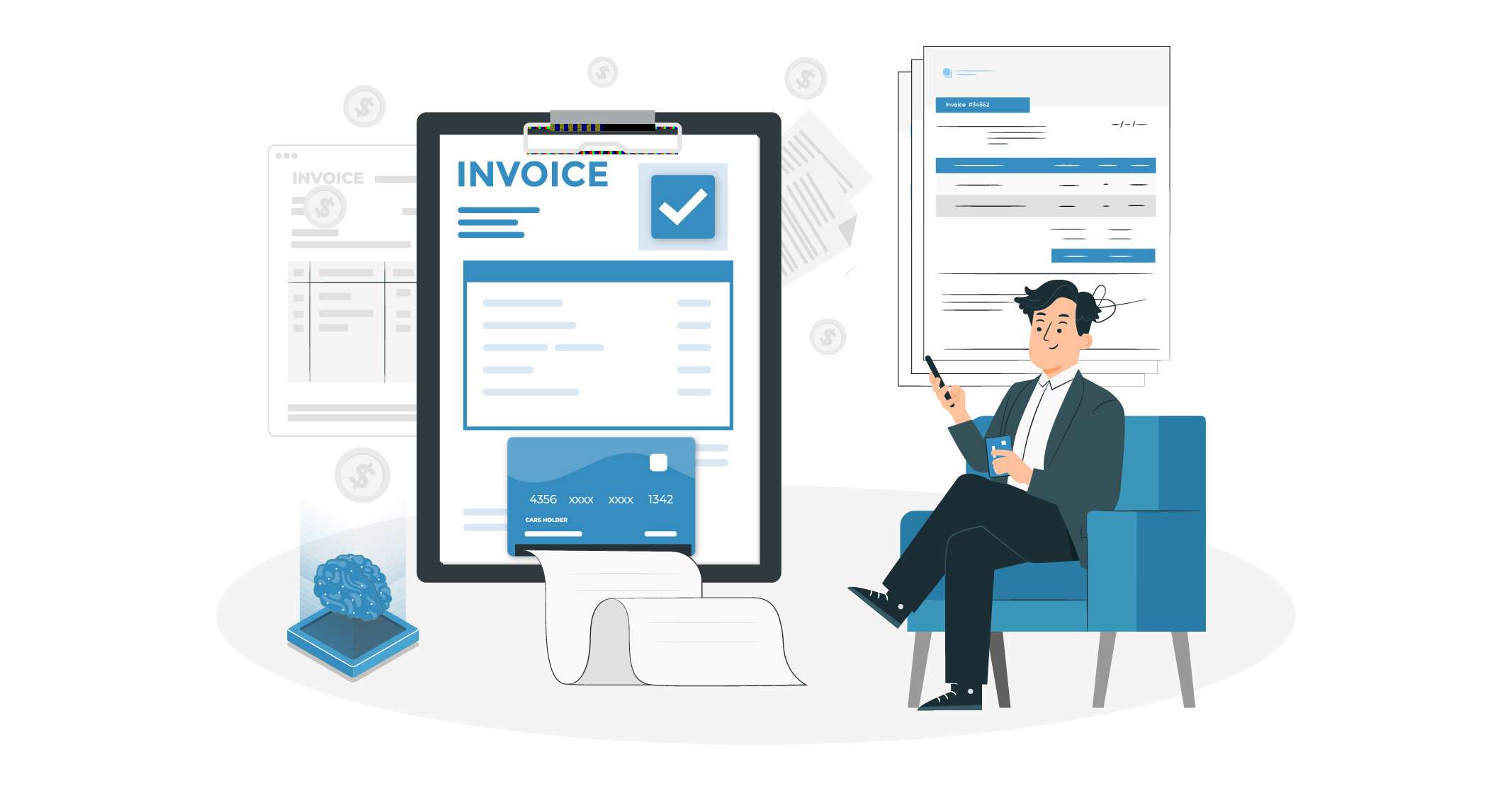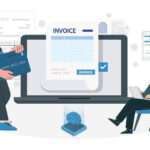If you’re managing a business, understanding the documents involved in transactions is essential. Two of the most important documents that often cause confusion is the Purchase Order (PO) and the Purchase Invoice. Even though these documents seem similar, they serve very different purposes. Mixing them up can lead to serious errors, like ordering the wrong items, paying the wrong amounts, or damaging supplier relationships.
This blog will break down the difference between purchase order and invoices in clear, simple terms. We’ll also cover how these documents work together in the purchasing process and why it’s crucial to use them correctly. With understanding these differences, you can keep your business running smoothly and avoid costly mistakes.
What is a Purchase Order (PO)?
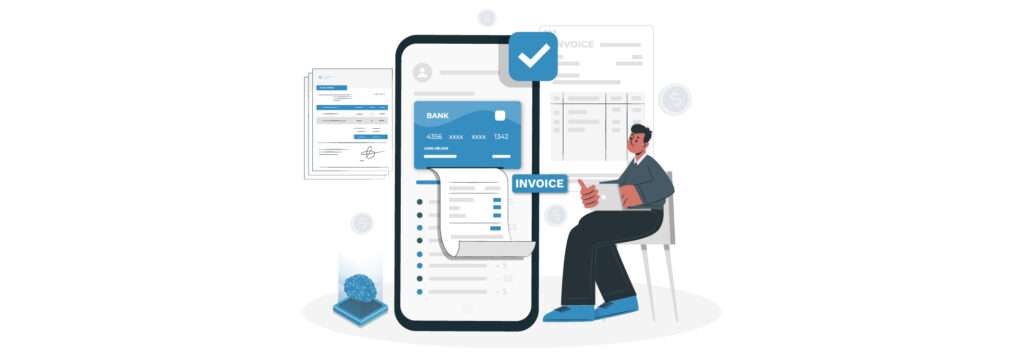
A Purchase Order (PO) is a formal document sent by a buyer to a supplier. It outlines the details of a purchase, including what the buyer wants, how much they want, and when they need it. Essentially, it’s an official request for goods or services and serves as the first step in the purchasing process.
Key Elements of a Purchase Order:
- Item Descriptions: Detailed information about the products or services requested.
- Quantities: The number of units needed for each item.
- Pricing: The agreed price per unit, often negotiated beforehand.
- Delivery Instructions: Where and when the items should be delivered.
- Payment Terms: Details about how and when the payment will be made.
Once the supplier accepts the PO, it becomes a legally binding contract. This means both parties have agreed on the terms, and the supplier is obligated to fulfill the order as specified, while the buyer is committed to paying for it.
What is a Purchase Invoice?
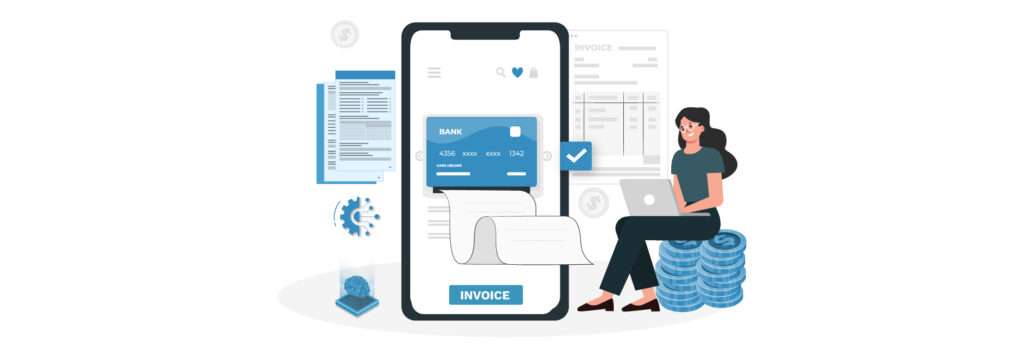
A Purchase Invoice is issued by the supplier after they have delivered the goods or services. This document serves as a formal request for payment and includes all the details necessary for the buyer to process the payment.
Key Elements of a Purchase Invoice:
- Invoice Number: A unique identifier for tracking the transaction.
- Description of Goods/Services Delivered: Details of what was provided.
- Total Amount Due: The full cost of the goods or services, including taxes, discounts, and any additional fees.
- Payment Terms: The due date for payment and the acceptable payment methods.
- Payment Instructions: Details on how to complete the payment (e.g., bank details).
Unlike a PO, the invoice is not a contract. Instead, it confirms that the agreed-upon goods or services have been delivered and requests payment based on those terms.
Understanding the Difference Between Purchase Order and Invoice
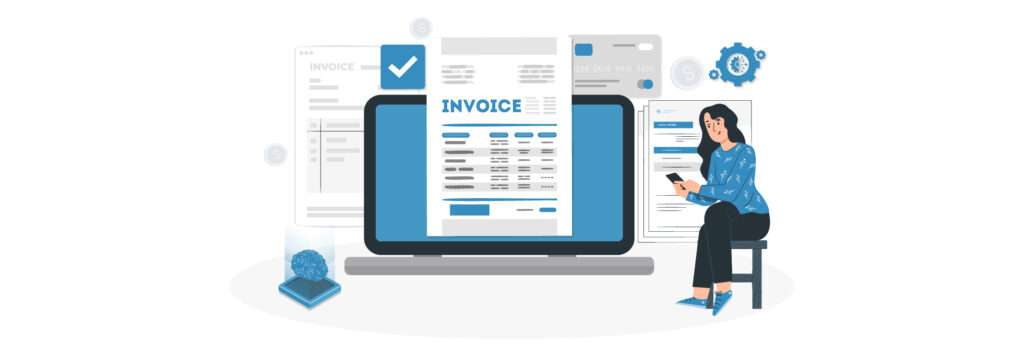
While both documents are crucial to business transactions, understanding the difference between a purchase order and an invoice helps prevent confusion and errors:
Purpose:
- Purchase Order: Initiates the transaction by requesting goods or services.
- Purchase Invoice: Concludes the transaction by requesting payment for goods or services provided.
- Timing:
- Purchase Order: Issued before the goods or services are delivered.
- Purchase Invoice: Issued after the goods or services have been delivered.
- Legal Function:
- Purchase Order: Becomes a binding contract once accepted by the supplier.
- Purchase Invoice: Serves as a request for payment but does not function as a contract.
- Content:
- Purchase Order: Includes details on what is being ordered, quantities, prices, and delivery expectations.
- Purchase Invoice: Confirms what has been delivered and the total amount due.
How Purchase Orders and Invoices Fit Into the Purchasing Cycle
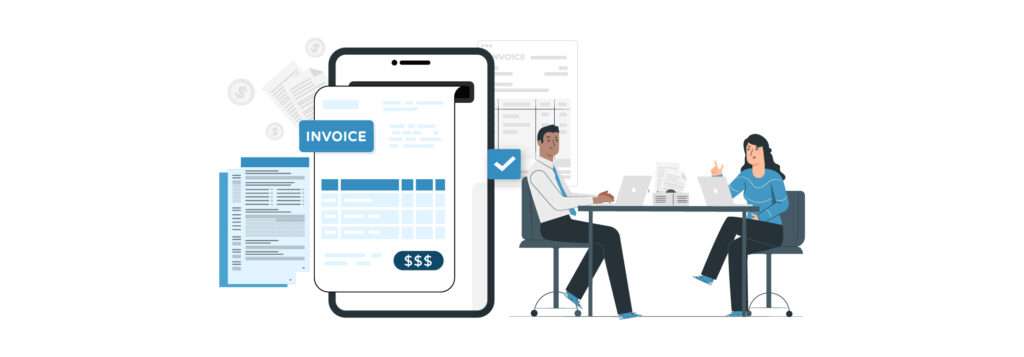
Understanding where POs and invoices fit within the purchasing cycle helps clarify their roles:
- Purchase Requisition: An internal document created by the buyer, requesting the purchase of goods or services.
- Purchase Order (PO): The buyer sends the PO to the supplier, detailing the requested items.
- Order Acknowledgment: The supplier confirms receipt and acceptance of the PO, which turns the PO into a binding contract.
- Delivery: The supplier delivers the goods or services as specified in the PO.
- Invoice: The supplier issues a purchase invoice to request payment for the delivered goods or services.
- Payment: The buyer processes the payment as per the terms outlined in the invoice.
- Receipt: The supplier issues a receipt to the buyer, confirming that the payment has been received, completing the transaction.
This process ensures that each transaction is well-documented, helping both parties maintain accurate records and avoid misunderstandings.
The Importance of Keeping Purchase Orders and Invoices Organized
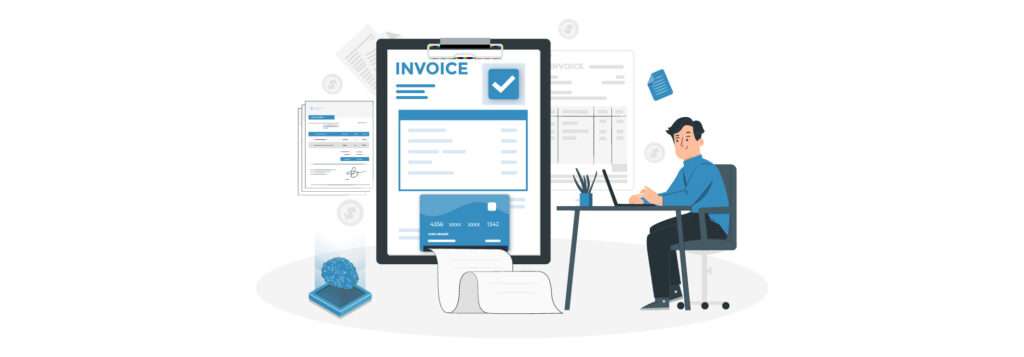
Properly managing POs and invoices is vital for several reasons:
- Ensures Accuracy: POs help prevent mistakes in orders by clearly detailing what the buyer wants. Invoices confirm what was delivered and ensure that the payment amount matches the original agreement.
- Facilitates Budgeting: POs allow businesses to track spending before it occurs, helping manage budgets effectively. Invoices, on the other hand, keep track of actual expenditures.
- Streamlines Financial Processes: Organized POs and invoices make it easier for accounting teams to match orders with payments, ensuring that all transactions are correctly recorded.
Common Challenges and How to Overcome Them
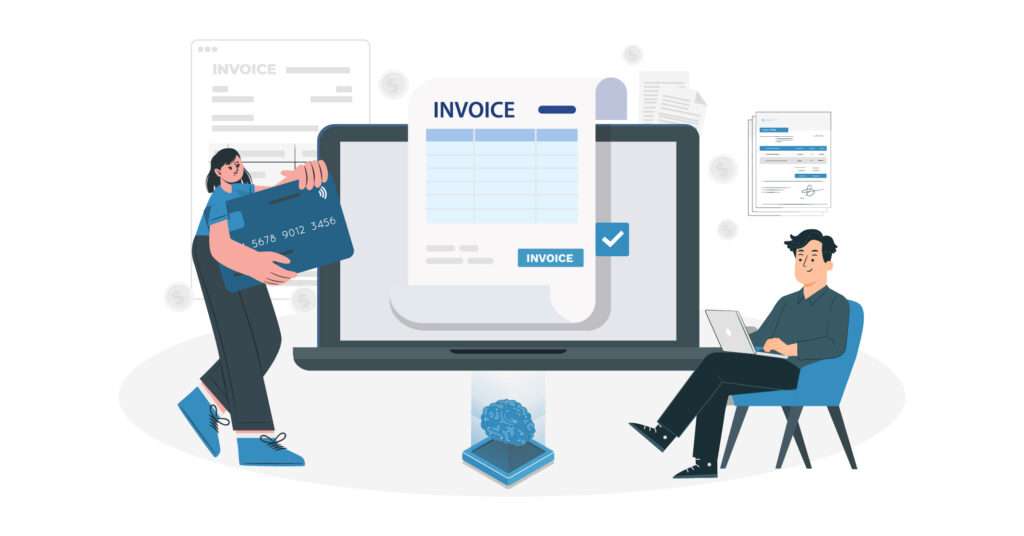
Even with a good understanding of POs and invoices, businesses can face challenges. Here are some common issues and tips on how to avoid them:
- Lost or Misplaced Documents: Implement a digital system for creating, storing, and tracking POs and invoices to prevent loss or misplacement.
- Discrepancies Between PO and Invoice: Regularly cross-check POs with invoices to ensure consistency. If there are discrepancies, address them immediately to avoid payment delays.
- Delayed Payments: Set up automated payment reminders to avoid missing deadlines, which can strain supplier relationships or incur late fees.
- Manual Errors: Reduce the risk of manual entry errors by using software that automatically generates POs and invoices, ensuring accuracy and consistency.
Difference Between Purchase Order and Invoices and Receipt
It’s also crucial to understand the roles of receipts in the purchasing process:
- Purchase Order (PO): The initial request for goods or services, sent from the buyer to the supplier.
- Invoice: The document issued by the supplier to request payment after fulfilling the order.
- Receipt: The confirmation that payment has been made, issued by the supplier to the buyer.
Each document serves a specific purpose, helping to create a clear and complete paper trail for every transaction.
Conclusion
Understanding the difference between purchase order and invoices is essential for managing business transactions effectively. These documents are not just formalities; they are crucial tools that help ensure clarity, accuracy, and efficiency in your purchasing process.
Properly using POs and invoices helps avoid errors, ensures timely payments, and keeps your business running smoothly. Whether you’re managing a small business or a larger organization, mastering these documents is a vital step toward successful financial management and maintaining strong supplier relationships.
